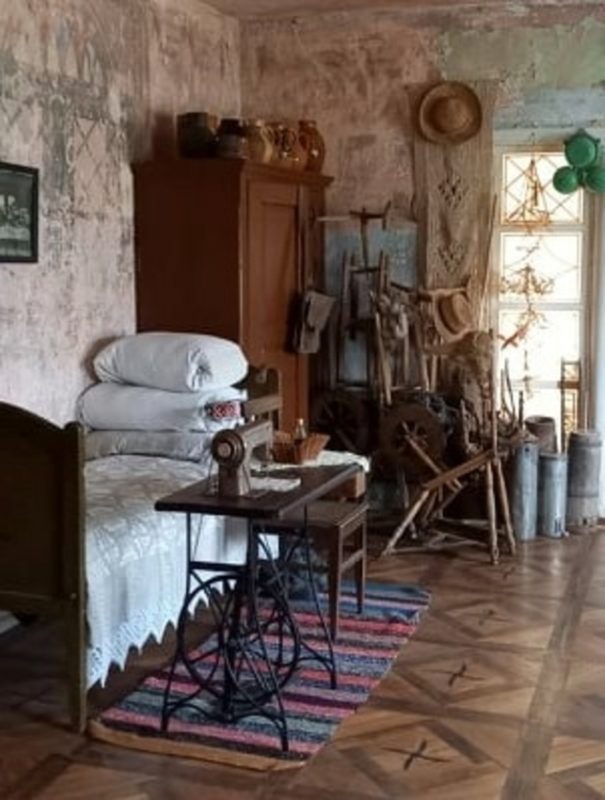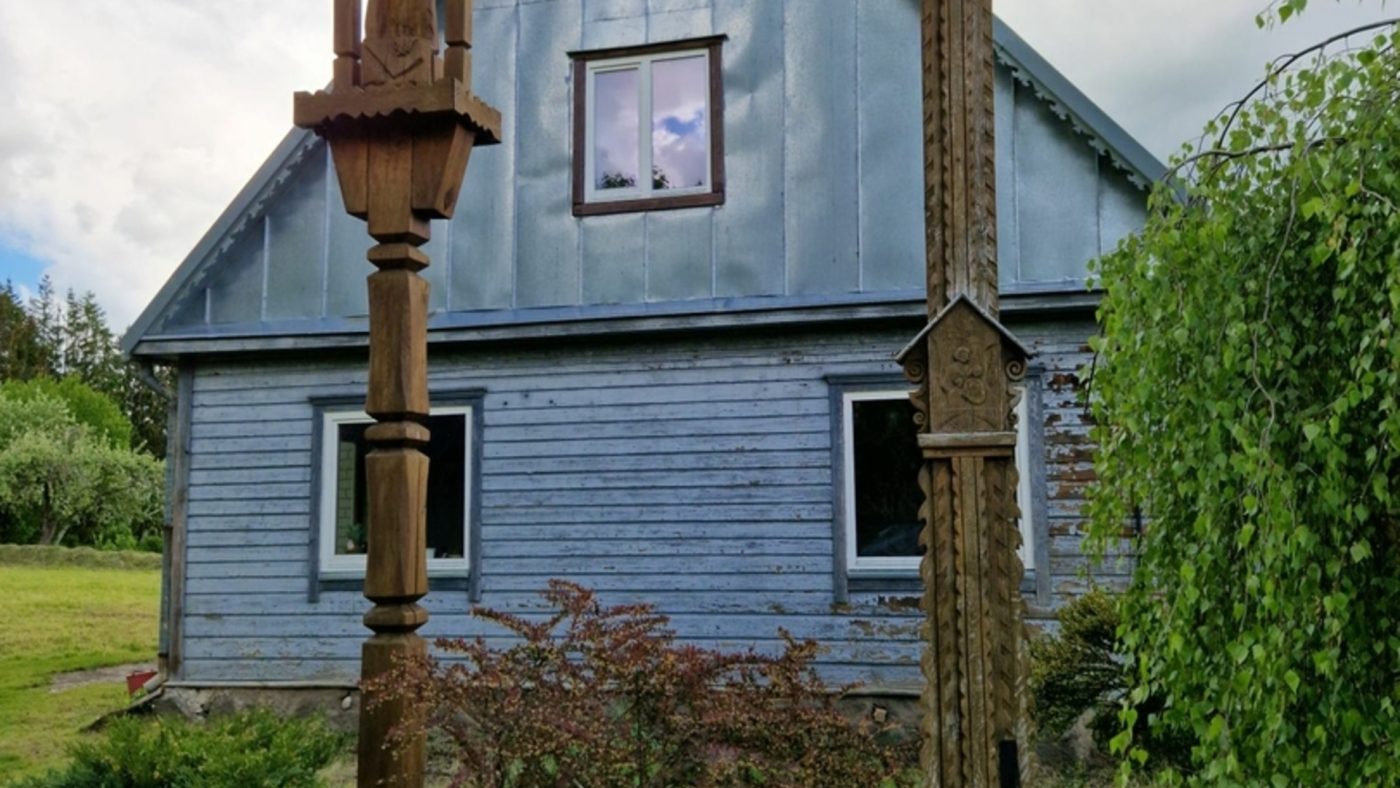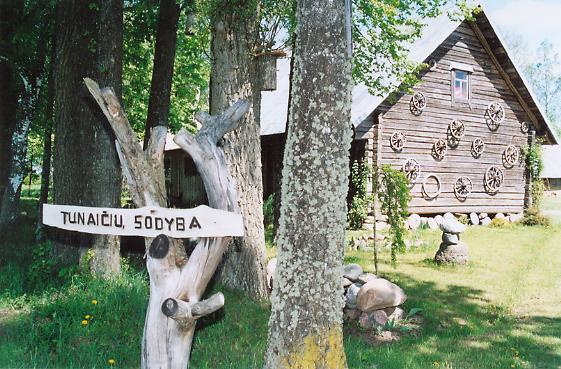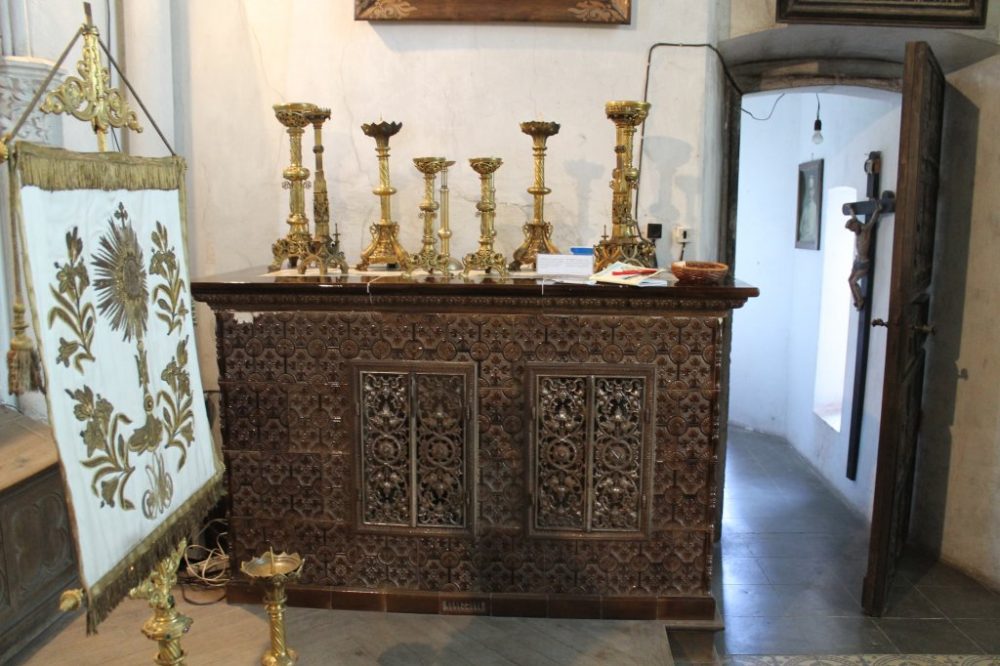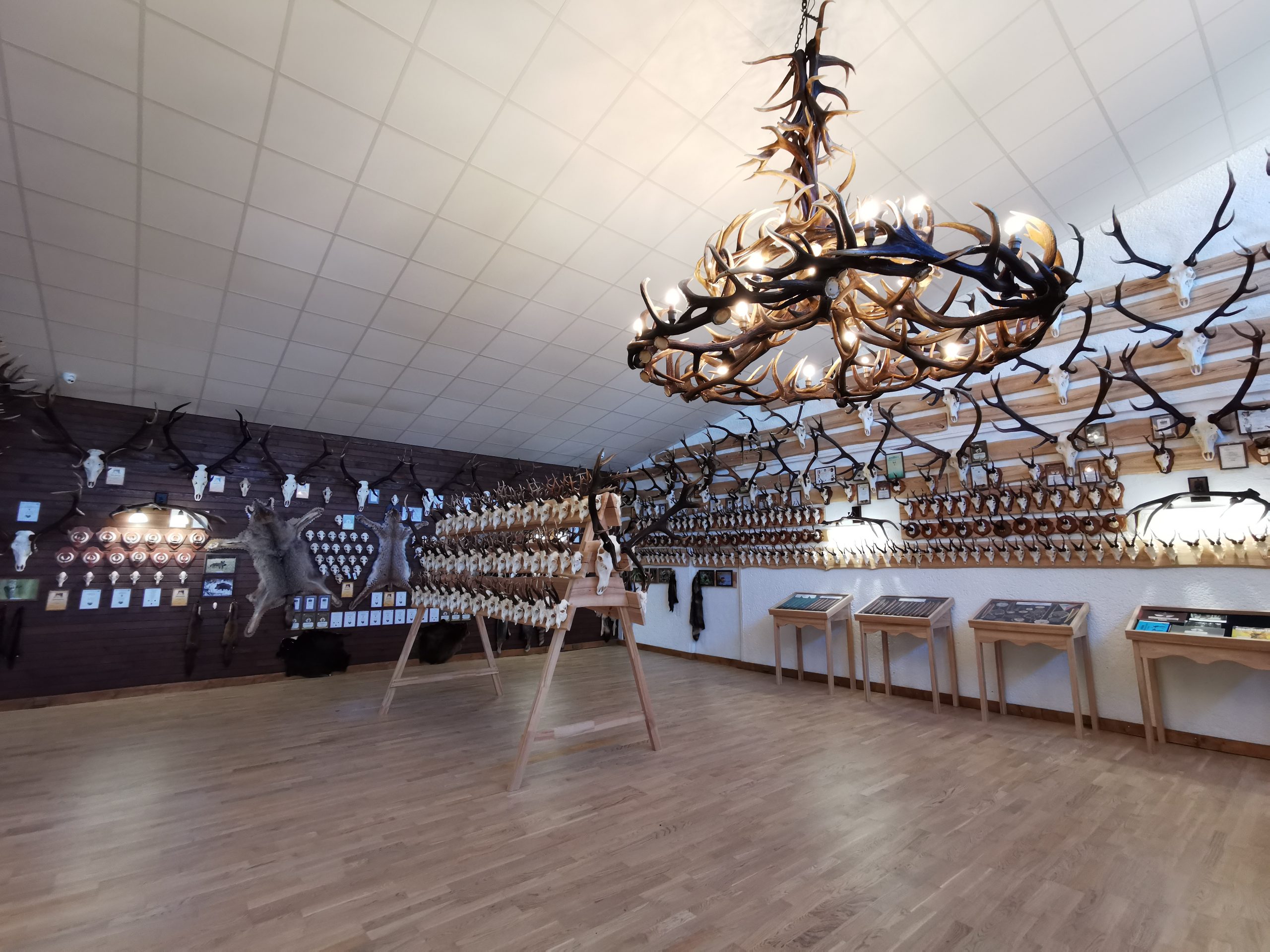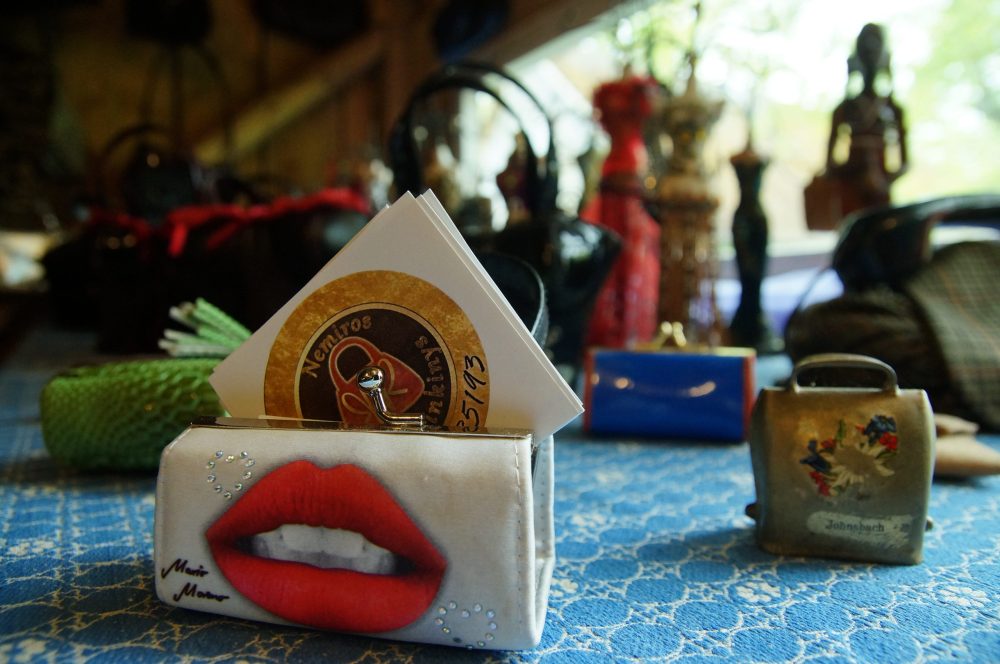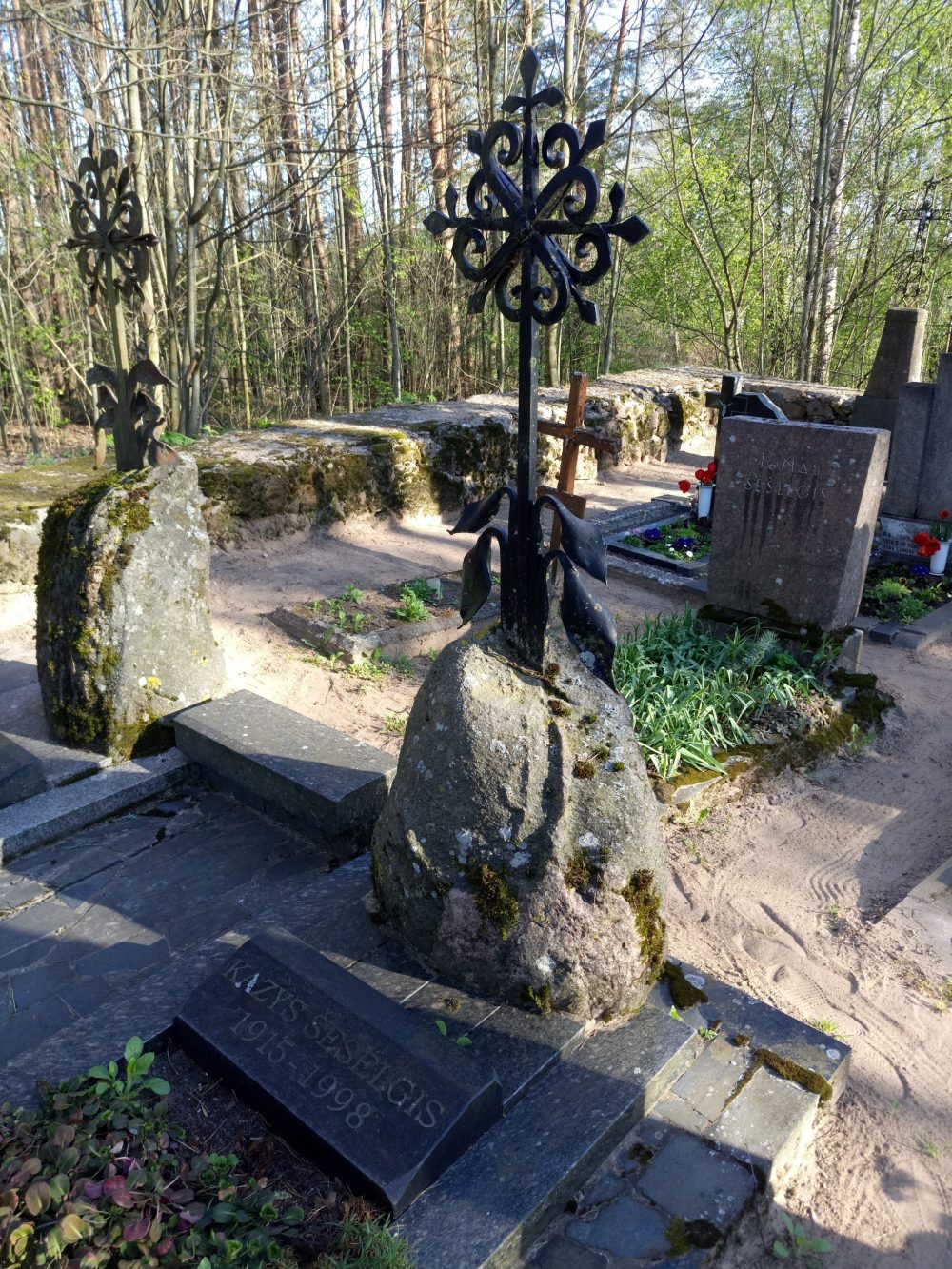Grave of Architect K. Šešelgis (1915–1998) in Žeimiai, Kamajai Eldership

227

0

0
Kazys Šešelgis was one of Lithuania's most renowned architects, whose contributions to the country's urban planning and folk architecture research are invaluable. Born in 1915 in Žeimiai, he completed his studies in Rokiškis and, in 1943, became the first civil engineer architect in Lithuania. His work focused on planning settlement systems and studying Lithuanian folk architecture. Thanks to Šešelgis, the first list of protected folk architecture monuments was compiled in 1970. For his contributions to Lithuania, he was awarded the Order of the Lithuanian Grand Duke Gediminas, 3rd Degree, and several national awards. His concepts of urban planning and heritage preservation continue to influence the development of Lithuanian architecture.
Info
-

Religious Heritage
-
Whats new?
Nearby attractions
Nearest museums

 Entertainment
Entertainment
 Food establishments
Food establishments





























 55.830818, 25.472883
55.830818, 25.472883
 Get directions
Get directions








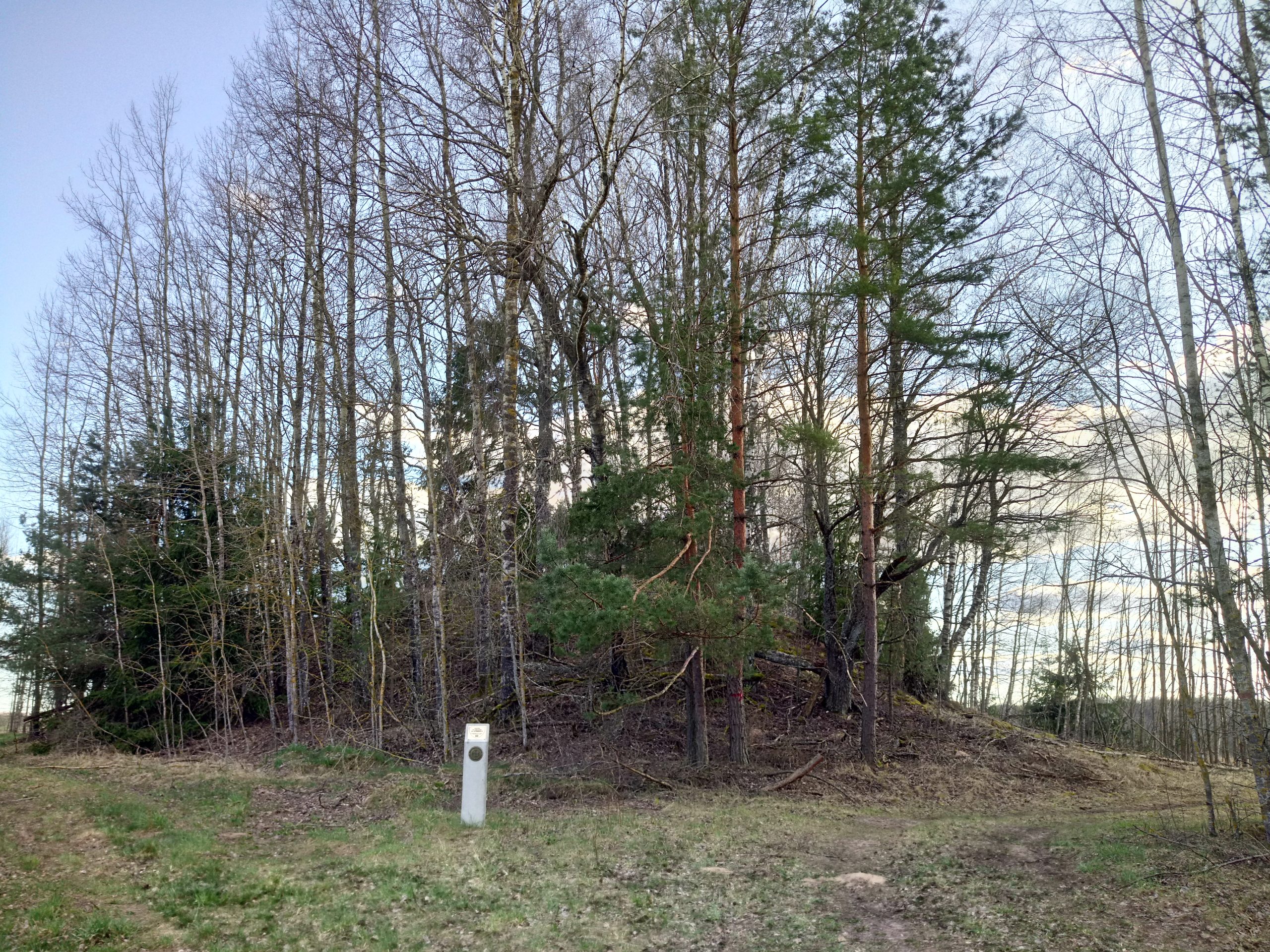

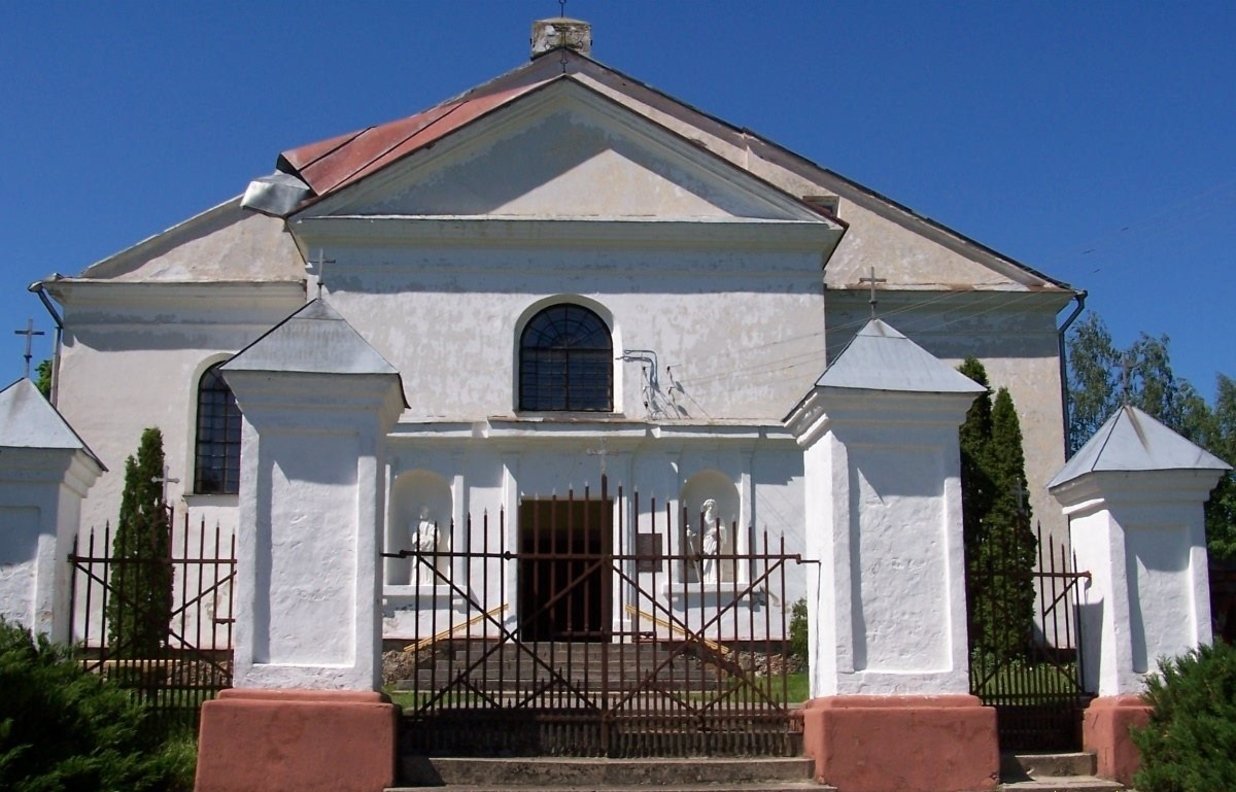

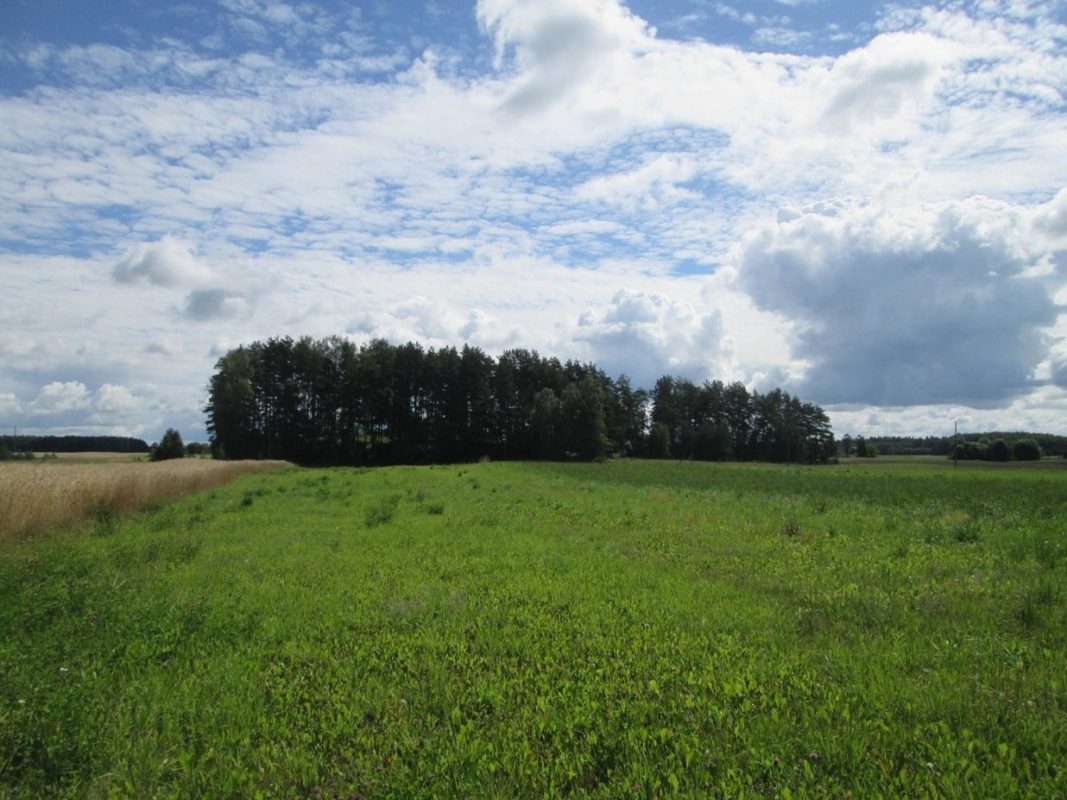
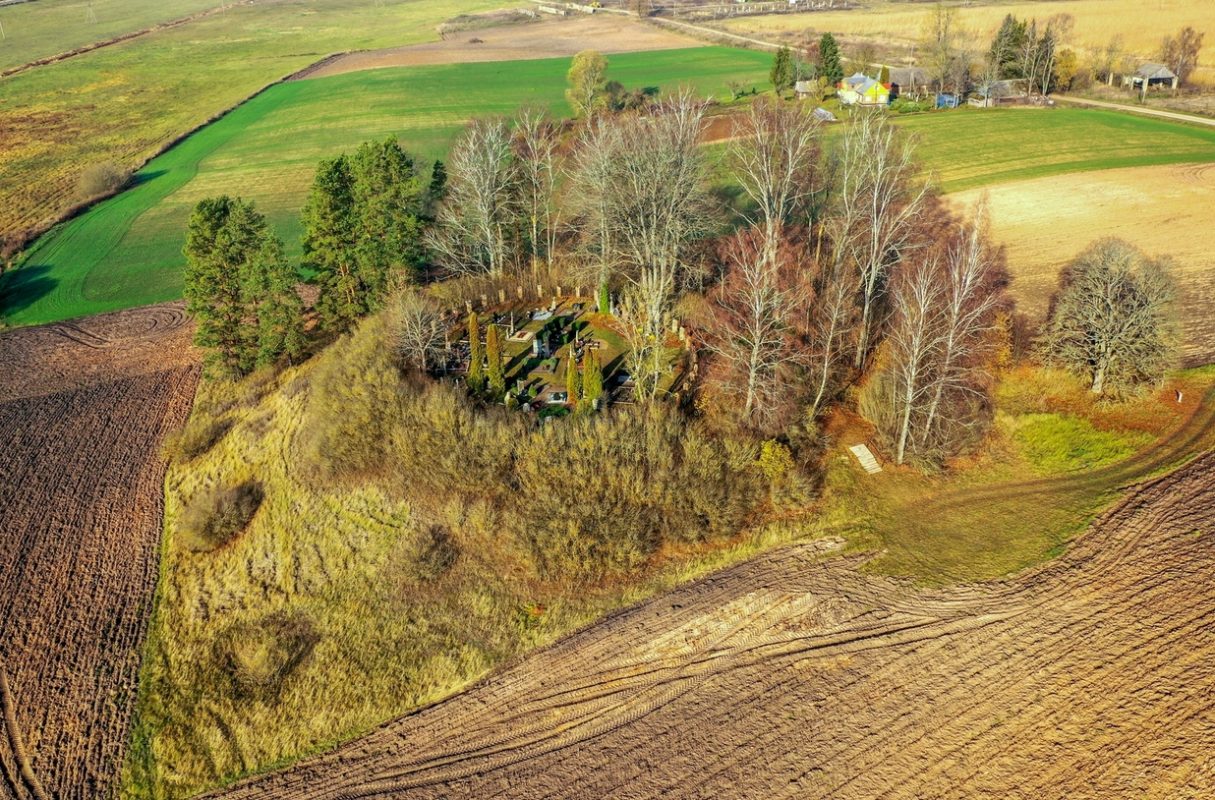
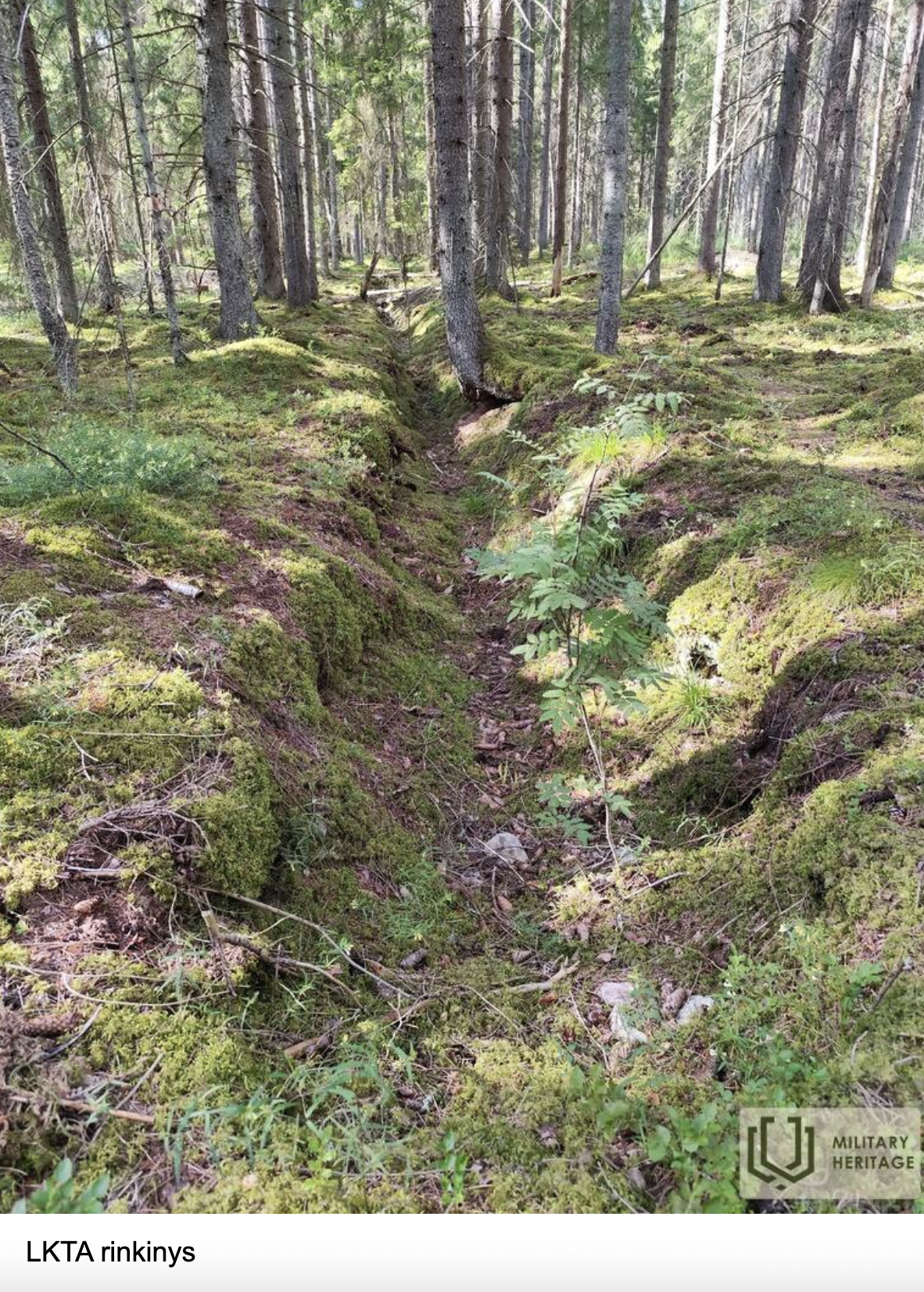
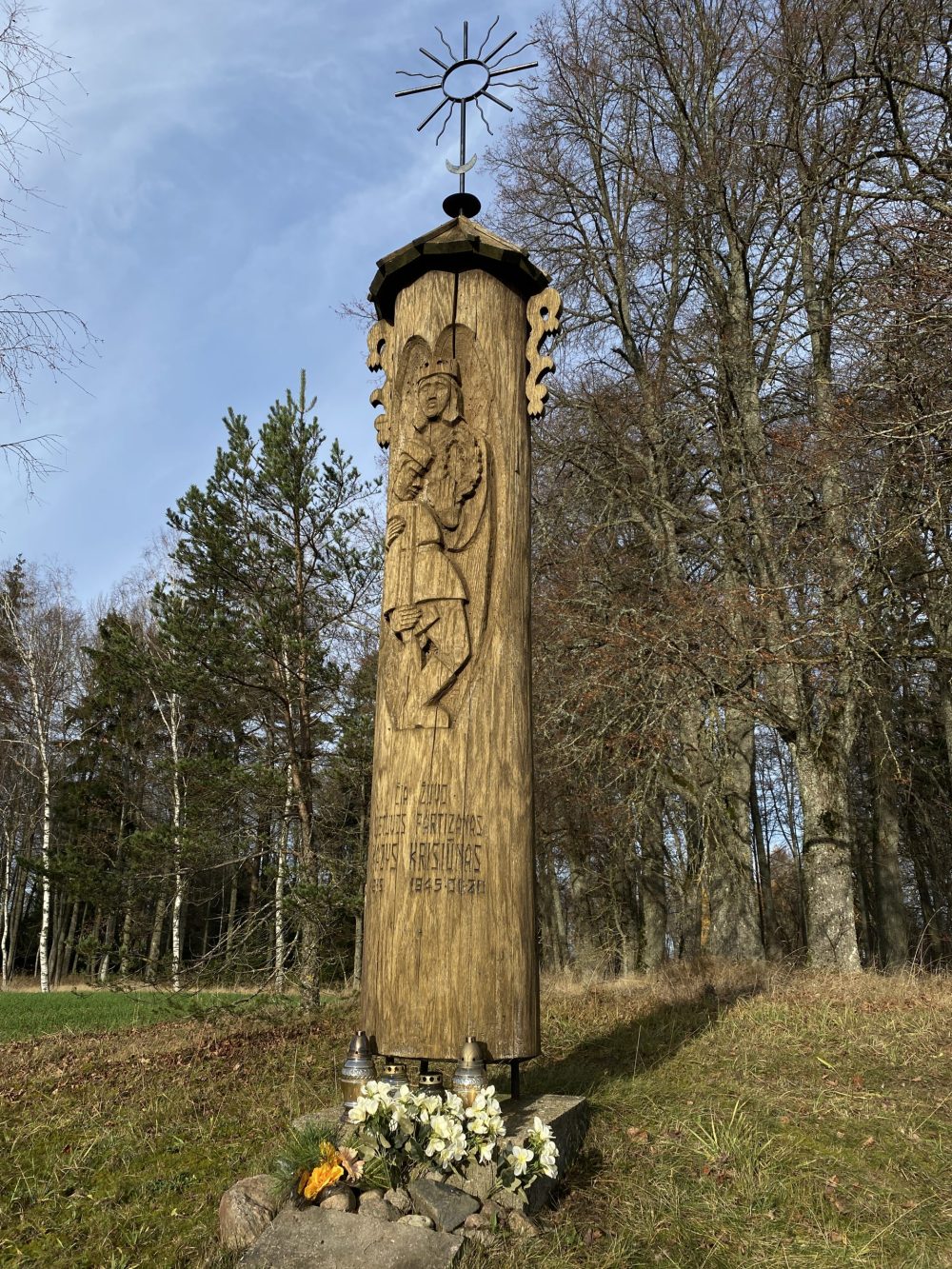
.jpg)
